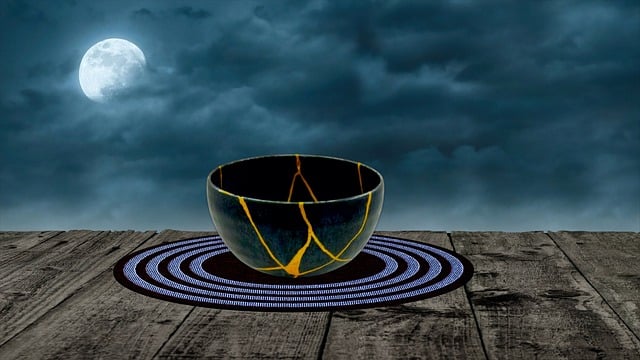Targeted pelvic floor muscle training in the first year postpartum significantly reduces the risk of two common pelvic floor disorders, according to a study that rewrites the longstanding narrative that these disorders are inevitable after childbirth.
"It used to be that we thought a condition like urinary incontinence was just something you dealt with. Our mothers and grandmothers commonly experienced it and believed you just had to live with it," says Margie Davenport, professor in the Faculty of Kinesiology, Sport, and Recreation and co-author of the research review published earlier this year in the British Journal of Sports Medicine, which looked at 65 studies in 24 countries involving more than 21,000 participants.
"While we've believed that pelvic floor muscle training can help with pelvic floor dysfunction for quite some time, we now have strong evidence that confirms its effectiveness and shows the extent of its benefits."
Postpartum women and the concerns they expressed prompted the particular focus of this review, explains Davenport, who led the team of experts who compiled the 2025 Canadian guideline for physical activity, sedentary behaviour and sleep throughout the first year postpartum.
"Before we started the 2025 postpartum guideline, we did extensive consultation with postpartum women to find out what information they wanted to know and to have incorporated within the guideline. They highlighted pelvic floor disorders and diastasis recti abdominus as two key areas they wanted to know more about," says Davenport, who serves as director of the Program for Pregnancy and Postpartum Health, holds the Christenson Professorship in Active Healthy Living and is a member of the Women and Children's Health Research Institute.
In the review, researchers found that targeted pelvic floor exercises in the first year postpartum lowered the risk of urinary incontinence by 37 per cent and of pelvic organ prolapse by 56 per cent.
Any interventions that could improve these conditions would have wide benefit, considering how common they are, says Davenport. She notes that pelvic floor disorders affect nearly one in three women after childbirth, with issues like urinary incontinence acting as a major barrier to physical activity and even participation in social situations.
Davenport and her collaborators also looked at the effect exercise had on diastasis recti, which is "a thinning and stretching of the connective tissue between the two muscles running vertically in the abdomen, which naturally will stretch and thin to accommodate the baby."
"For a long time, we thought there was very little we could do about diastasis recti in the absence of surgery, but the data are starting to show that you can see some improvement with targeted abdominal training."
Women struggling with pelvic floor disorders postpartum should begin by contacting a pelvic floor physiotherapist, suggests Davenport. She also notes that virtual options are becoming more available — a helpful alternative for women living in rural or remote areas where finding a pelvic floor physiotherapist could be a challenge.
Davenport adds that postpartum women with pelvic floor dysfunction or abdominal wall dysfunction don't need to avoid physical activity, based on the analysis she and her collaborators did when preparing the 2025 postpartum exercise guidelines.
"They are not in and of themselves a reason to avoid physical activity. While they were identified as key barriers to physical activity our evidence demonstrates that physical activity helps — not worsens — these conditions."
Ultimately, Davenport hopes to increase awareness that, with proper support and evidence-based interventions, these conditions are treatable and shouldn't be accepted as inevitable consequences of childbirth.
"Many women think they have to live with these conditions for the rest of their lives. That is not the case."






